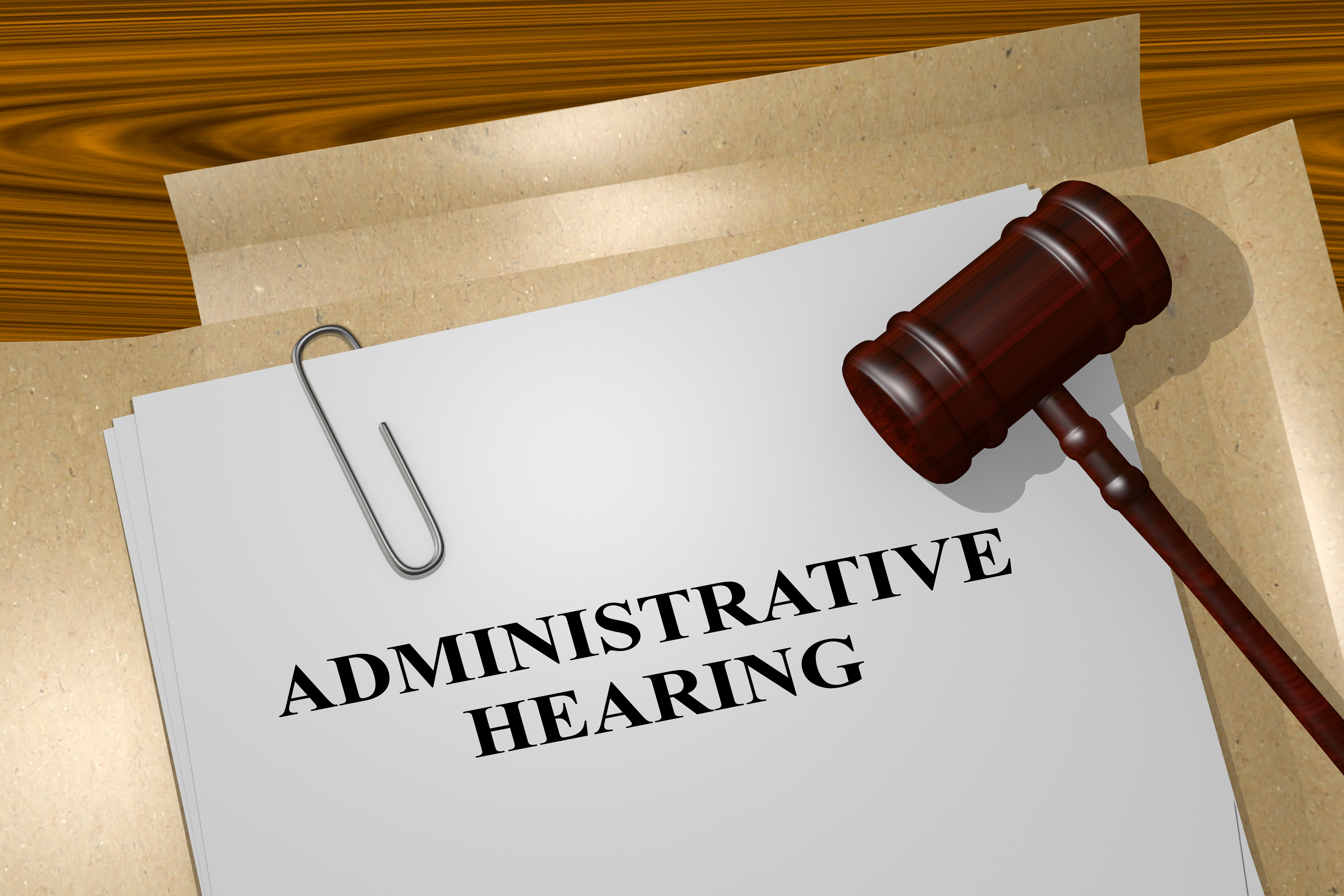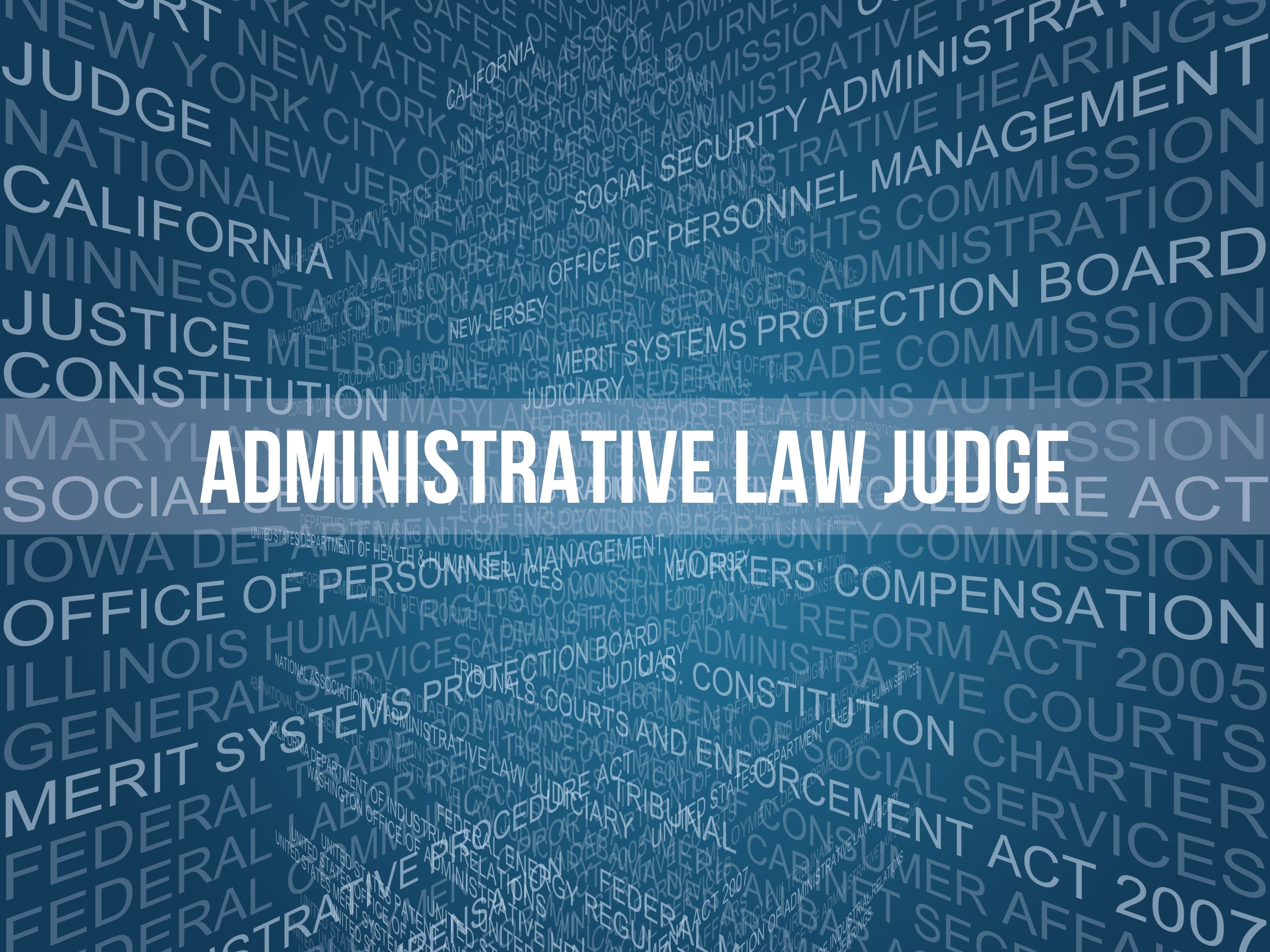
Update – Mark Hrywna (@mhrywna) tweeted on 6/17/19 the Senate Judiciary committee has scheduled a hearing for A.B. 1181 on 7/9/19.
The Assembly of the California legislature has passed Assembly Bill No. 1181 (A.B. 1181) which, if passed by the Senate, would require charities to use overseas valuations for donated items which are restricted by donors for distribution overseas.
As discussed in a series of earlier posts, the Attorney General has lost the substantive issues on cease and desist orders against three charities in a hearing. The Administrative Law Judge in the case found the expert witnesses for the charities was more persuasive that the expert witness for the AG. Thus the ALJ indicate he will decide in favor of the charities’ interpretation of GAAP. I don’t think a written ruling has been issued yet.
Proposed changes in law
The current law with changes made by this legislation are as follows, with red strikeout showing the removed text and blue italic showing new text.













